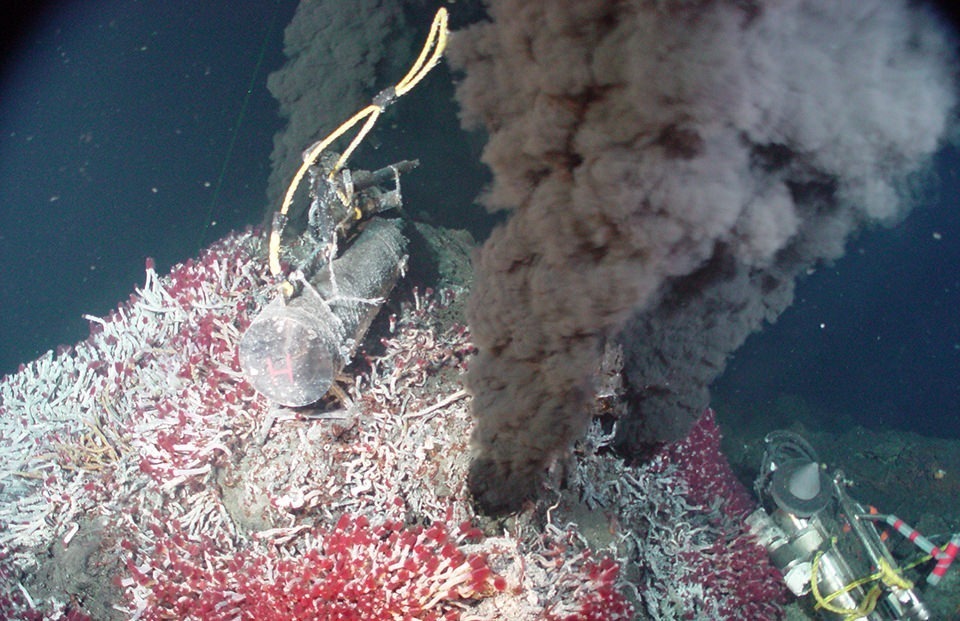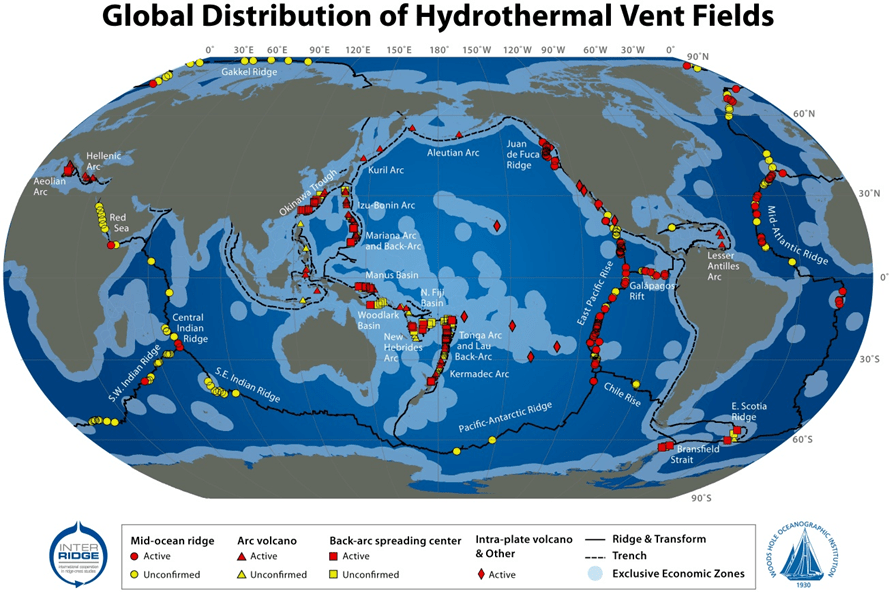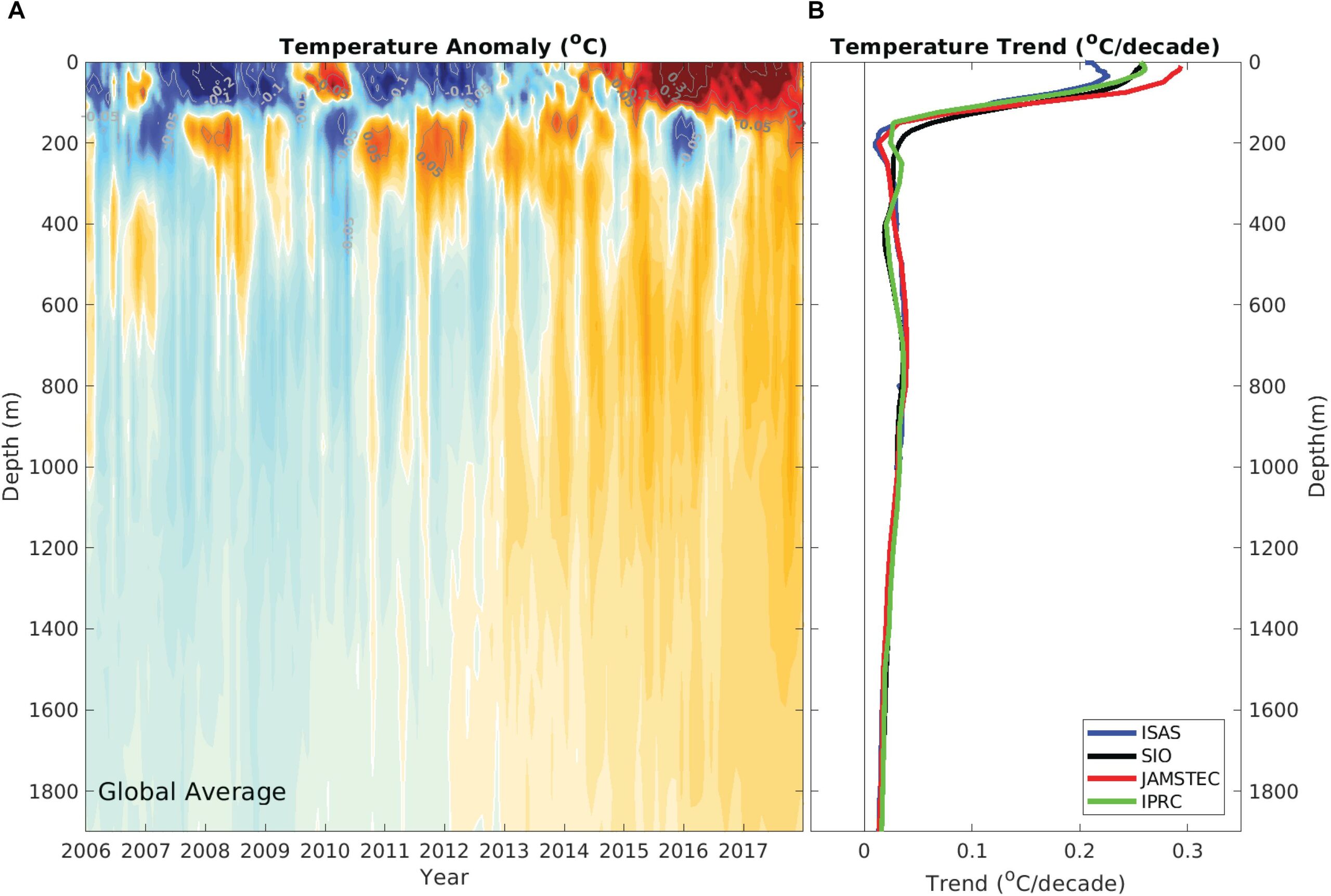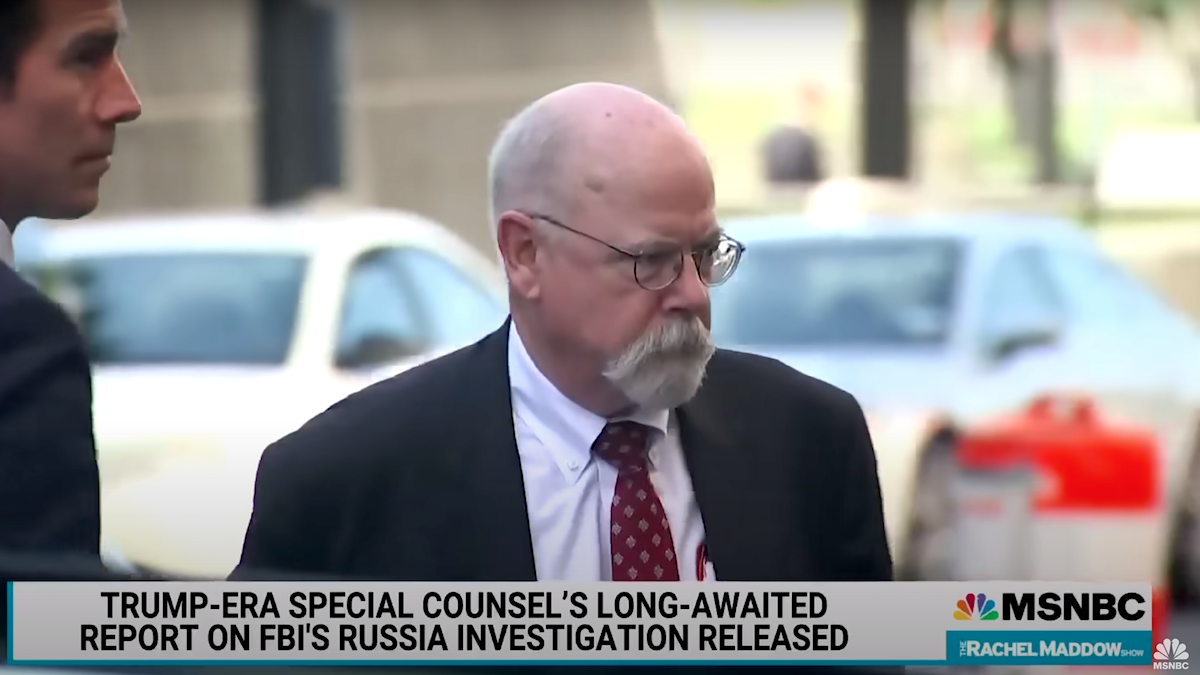Housing needs planning. The executive director of the
department of local affairs (director) shall, no later than December 31,
2024, and every 5 years thereafter, issue methodology for developing
statewide, regional, and local housing needs assessments. The statewide
housing needs assessment must determine existing statewide housing stock
and current and future housing needs. The regional housing needs
assessments must allocate the addressing of housing needs identified in
the statewide housing needs assessment to regions of the state.
Similarly, the local housing needs assessments must allocate the
addressing of the housing needs allocated in the regional housing needs
assessment to localities in the relevant region.
The director shall, no later than December
31, 2024, issue guidance on creating a housing needs plan for both a
rural resort job center municipality and an urban municipality.
Following this guidance, no later than December 31, 2026, and every 5
years thereafter, a rural resort job center municipality and an urban
municipality shall develop a housing needs plan and submit that plan to
the department of local affairs (department). A housing needs plan must
include, among other things, descriptions of how the plan was created,
how the municipality will address the housing needs it was assigned in
the local housing needs assessment, affordability strategies the
municipality has selected to address its local housing needs assessment,
an assessment of displacement risk and any strategies selected to
address identified risks, and how the locality will comply with other
housing requirements in this bill.
The director shall, no later than December
31, 2024, develop and publish a menu of affordability strategies to
address housing production, preservation, and affordability. Rural
resort job center municipalities and urban municipalities shall identify
at least 2 of these strategies that they intend to implement in their
housing plan, and urban municipalities with a transit-oriented area must
identify at least 3.
The director shall, no later than December
31, 2024, develop and publish a menu of displacement mitigation
measures. This menu must, among other things, provide guidance for how
to identify areas at the highest risk for displacement and identify
displacement mitigation measures that a locality may adopt. An urban
municipality must identify which of these measures it intends to
implement in its housing plan to address any areas it identifies as at
an elevated risk for displacement.
The director shall, no later than March 31,
2024, publish a report that identifies strategic growth objectives that
will incentivize growth in transit-oriented areas and infill areas and
guide growth at the edges of urban areas. The multi-agency advisory
committee shall, no later than March 31, 2024, submit a report to the
general assembly concerning the strategic growth objectives.
The bill establishes a multi-agency advisory
committee and requires that committee to conduct a public comment and
hearing process on and provide recommendations to the director on:
- Methodologies for developing statewide, regional, and local housing needs assessments;
- Guidance for creating housing needs plans;
- Developing a menu of affordability strategies;
- Developing a menu of displacement mitigation measures;
- Identifying strategic growth objectives; and
- Developing reporting guidance and templates.
A county or municipality within a rural
resort region shall participate in a regional housing needs planning
process. This process must encourage participating counties and
municipalities to identify strategies that, either individually or
through intergovernmental agreements, address the housing needs assigned
to them. A report on this process must be submitted to the department.
Further, within 6 months of completing this process, a rural resort job
center municipality shall submit a local housing needs plan to the
department. Once a year, both rural resort job centers and urban
municipalities shall report to the department on certain housing data.
A multi-agency group created in the bill and
the division of local government within the department shall provide
assistance to localities in complying with the requirements of this
bill. This assistance must include technical assistance and a grant
program.
Accessory dwelling units. The
director shall promulgate an accessory dwelling unit model code that,
among other things, requires accessory dwelling units to be allowed as a
use by right in any part of a municipality where the municipality
allows single-unit detached dwellings as a use by right. The committee
shall provide recommendations to the director for promulgating this
model code. In developing these recommendations, the committee shall
conduct a public comment and hearing process.
Even if a municipality does not adopt the
accessory dwelling unit model code, the municipality shall adhere to
accessory dwelling unit minimum standards established in the bill and by
the department. These minimum standards, among other things, must
require a municipality to:
- Allow accessory dwelling units as a use by right in any part
of the municipality where the municipality allows single-unit detached
dwellings as a use by right;
- Only adopt or enforce local laws concerning accessory dwelling units that use objective standards and procedures;
- Not adopt, enact, or enforce local laws concerning accessory
dwelling units that are more restrictive than local laws concerning
single-unit detached dwellings; and
- Not apply standards that make the permitting, siting, or construction of accessory dwelling units infeasible.
Middle housing. The director shall promulgate a
middle housing model code that, among other things, requires middle
housing to be allowed as a use by right in any part of a rural resort
job center municipality or a tier one urban municipality where the
municipality allows single-unit detached dwellings as a use by right.
The committee shall provide recommendations to the director for
promulgating this model code. In developing these recommendations, the
committee shall conduct a public comment and hearing process.
Even if a rural resort job center
municipality or a tier one urban municipality does not adopt the middle
housing model code, the municipality shall adhere to middle housing
minimum standards established in the bill and by the department. These
minimum standards, among other things, must require a municipality to:
- Allow middle housing as a use by right in certain areas;
- Only adopt or enforce local laws concerning middle housing that use objective standards and procedures;
- Allow properties on which middle housing is allowed to be split by right using objective standards and procedures;
- Not adopt, enact, or enforce local laws concerning middle
housing that are more restrictive than local laws concerning single-unit
detached dwellings; and
- Not apply standards that make the permitting, siting, or construction of middle housing infeasible.
Transit-oriented areas. The director shall
promulgate a transit-oriented area model code that, among other things,
imposes minimum residential density limits for multifamily residential
housing and mixed-income multifamily residential housing and allows
these developments as a use by right in the transit-oriented areas of
tier one urban municipalities. The committee shall provide
recommendations to the director for promulgating this model code. In
developing these recommendations, the committee shall conduct a public
comment and hearing process.
Even if a tier one urban municipality does
not adopt the transit-oriented model code, the municipality shall adhere
to middle housing minimum standards established in the bill and by the
department. These minimum standards, among other things, must require a
municipality to:
- Create a zoning district within a transit-oriented area in
which multifamily housing meets a minimum residential density limit and
is allowed as a use by right; and
- Not apply standards that make the permitting, siting, or
construction of multifamily housing in transit-oriented areas
infeasible.
Key corridors. The director shall promulgate a key
corridor model code that applies to key corridors in rural resort job
center municipalities and tier one urban municipalities. The model code
must, among other things, include requirements for:
- The percentage of units in mixed-income multifamily
residential housing that must be reserved for low- and moderate-income
households;
- Minimum residential density limits for multifamily residential housing; and
- Mixed-income multifamily residential housing that must be allowed as a use by right in key corridors.
The committee shall provide recommendations to the director for
promulgating this model code. In developing these recommendations, the
committee shall conduct a public comment and hearing process.
Even if a rural resort job center
municipality or a tier one urban municipality does not adopt the key
corridor model code, the municipality shall adhere to key corridor
minimum standards promulgated by the director and developed by the
department. These minimum standards, among other things, must identify a
net residential zoning capacity for a municipality and must require a
municipality to:
- Allow multifamily residential housing within key corridors that meets the net residential zoning capacity as a use by right;
- Not apply standards that make the permitting, siting, or construction of multifamily housing in certain areas infeasible; and
- Not adopt, enact, or enforce local laws that make satisfying the required minimum residential density limits infeasible.
The committee shall provide recommendations to the director on
promulgating these minimum standards. In developing these
recommendations, the committee shall conduct a public comment and
hearing process.
Adoption of model codes and minimum standards.
A relevant municipality shall adopt either the model code or local laws
that satisfy the minimum standards concerning accessory dwelling units,
middle housing, transit-oriented areas, and key corridors. Furthermore,
a municipality shall submit a report to the department demonstrating
that it has done so. If a municipality fails to adopt either the model
code or local laws that satisfy the minimum standards by a specified
deadline, the relevant model code immediately goes into effect, and
municipalities shall then approve any proposed projects that meet the
standards in the model code using objective procedures. However, a
municipality may apply to the department for a deadline extension for a
deficiency in water or wastewater infrastructure or supply.Additional provisions. The bill also:
- Requires the advisory committee on factory-built structures
and tiny homes to produce a report on the opportunities and barriers in
state law concerning the building of manufactured homes, mobile homes,
and tiny homes;
- Removes the requirements that manufacturers of factory-built
structures comply with escrow requirements of down payments and provide a
letter of credit, certificate of deposit issued by a licensed financial
institution, or surety bond issued by an authorized insurer;
- Prohibits a planned unit development resolution or ordinance
for a planned unit with a residential use from restricting accessory
dwelling units, middle housing, housing in transit-oriented areas, or
housing in key corridors in a way not allowed by this bill;
- Prohibits a local government from enacting or enforcing
residential occupancy limits that differ based on the relationships of
the occupants of a dwelling;
- Modifies the content requirements for a county and municipal
master plan, requires counties and municipalities to adopt or amend
master plans as part of an inclusive process, and requires counties and
municipalities to submit master plans to the department;
- Allows a municipality to sell and dispose of real property and
public buildings for the purpose of providing property to be used as
affordable housing, without requiring the sale to be submitted to the
voters of the municipality;
- Requires the approval process for manufactured and modular
homes to be based on objective standards and administrative review
equivalent to the approval process for site-built homes;
- Prohibits a municipality from imposing more restrictive
standards on manufactured and modular homes than the municipality
imposes on site-built homes;
- Prohibits certain municipalities from imposing minimum square
footage requirements for residential units in the approval of
residential dwelling unit construction permits;
- Requires certain entities to submit to the Colorado water
conservation board (board) a completed and validated water loss audit
report pursuant to guidelines that the board shall adopt;
- Allows the board to make grants from the water efficiency grant
program cash fund to provide water loss audit report validation
assistance to covered entities;
- Allows the board and the Colorado water resources and power
development authority to consider whether an entity has submitted a
required audit report in deciding whether to release financial
assistance to the entity for the construction of a water diversion,
storage, conveyance, water treatment, or wastewater treatment facility;
- Prohibits a unit owners' association from restricting accessory
dwelling units, middle housing, housing in transit-oriented areas, or
housing in key corridors;
- Requires the department of transportation to ensure that the
prioritization criteria for any grant program administered by the
department are consistent with state strategic growth objectives, so
long as doing so does not violate federal law;
- Requires any regional transportation plan that is created or
updated to address and ensure consistency with state strategic growth
objectives;
- Requires that expenditures for local and state multimodal
projects from the multimodal transportation options fund are only to be
made for multimodal projects that the department determines are
consistent with state strategic growth objectives; and
- For state fiscal year 2023-24, appropriates $15,000,000 from
the general fund to the housing plans assistance fund and makes the
department responsible for the accounting related to the appropriation.
(Note: This summary applies to this bill as introduced.)



 Miles Blumhardt
Miles Blumhardt


